Is Cobia good to eat? To answer that question, let’s start by saying, absolutely! This delicious fish is also known as black kingfish or sergeant fish. It is a delightful choice for anyone who enjoys seafood. The mild flavor and firm texture of cobia make it a popular choice amongst fish lovers. Yet, it’s not only the taste that makes cobia a great choice but also its high nutritional value, offering a good amount of essential nutrients.
What are Cobia Fish?
Cobia fish, known scientifically as Rachycentron canadum, is a saltwater fish native to warm waters worldwide, including the Gulf of Mexico and the Atlantic Ocean.
It’s a large fish that can reach up to 6 feet in length. It has a long, slim body, dark color, and distinctive, elongated dorsal fin.
Cobia goes by a variety of other names, including black salmon, black kingfish, and lemonfish. Its versatility and white meat fish texture make it a favorite among chefs and home cooks alike.
Can You Eat Cobia?
You bet! Cobia is not only safe for human consumption, but it’s also delicious and nutritious. Here are a few reasons why cobia is worth trying:
- Cobia has a delicious, slightly sweet flavor and firm texture that holds up well to various cooking methods.
- Provides an excellent source of omega-3 fats, providing health benefits such as supporting heart health and cognitive function.
- It’s typically low in mercury content compared to larger fish like bluefin tuna and skipjack tuna.
Best Way to Cook Cobia
Cobia’s firm texture and mild flavor make it a versatile fish to cook. It can be grilled, baked, sautéed, or eaten raw. Here are some of the best ways to cook Cobia:
Grilling
Grilling cobia on an outdoor grill is a fantastic way to enjoy this fish. The firm flesh holds up well to the heat, and the grill adds a delightful smoky flavor. Season the cobia with a touch of olive oil, salt, and pepper, and grill it over medium heat for a delightful summer meal.
Baking
Baking is another excellent choice for cooking Cobia. Wrap the fish in a foil packet with some lemon juice, garlic powder, and a dash of olive oil, then bake it in a preheated oven. The result is a moist, flavorful fish with a lovely mild taste.
Sautéing
For a quick and easy meal, sautéing is the way to go. Heat some olive oil in a hot frying pan, add the fillets, and cook until browned. The firm texture stands up well to the high heat, resulting in a delicious fish with a slightly crisp exterior and a tender interior.
Raw
Yes, you can eat cobia raw. But it’s important to use fresh fish. Fresh cobia sashimi or cobia ceviche can offer a unique and delightful eating experience.
Poaching
Poaching is a great way to cook cobia, especially if you want to keep the fish’s delicate flavor and firm texture intact. Simmer it in a flavorful liquid like seafood broth, until it’s just cooked through.
Where Can I Find Cobia?
Cobia is widely available in various places, from seafood markets to grocery stores. Here’s where you can find this tasty fish:
Seafood Markets
Seafood markets are a great place to find fresh cobia. Look for Cobia that smells fresh, has clear eyes, and firm flesh.
Grocery Stores
Many grocery stores carry Cobia. Both fresh and frozen fillets can be found at larger supermarkets.
Online
In recent years, online fish suppliers have become a convenient way to source fresh, high-quality fish. Websites such as Key West Seafood Depot offer freshly caught Cobia delivered straight to your door.
What Does Cobia Taste Like?
Cobia offers a uniquely sweet flavor and firm texture, which has led to its popularity among seafood lovers. You’ll notice a mild fish flavor, not overly fishy but with a distinctly oceanic undertone.
The taste has a slightly sweet undertone, a signature taste of cobia. This sweetness, coupled with the firm texture, makes this fish really stand out.
How To Clean Cobia
Cleaning Cobia involves a few key steps. Here’s how to do it:
Step 1: Scaling
The first step is to remove the scales. Use a fish scaling tool or the back of a knife.
Step 2: Cutting
Next, use a sharp knife to make an incision from the anal fins up to the gills.
Step 3: Gutting
Open up the fish and remove the guts. Be careful not to puncture any of the organs, as this could affect the taste of the fish.
Step 4: Rinsing
Remove guts and rinse the fish thoroughly under cold water.
Step 5: Filleting
Now, it’s time to fillet the fish. Make a cut along the backbone, and then slice the flesh away from the bone. Repeat on the other side.
Things to Consider
When considering adding Cobia to your diet, it’s important to note a few things. While this fish is generally low in mercury levels, it’s always a good idea to be aware of consumption advisories, particularly for pregnant women and young children.
Cobia is a large fish and can put up a good fight when caught, making it a favorite among sport fishermen.
How To Cook Cobia
Cooking Cobia is simple and straightforward. Start by seasoning your cobia fillets with salt, pepper, and a drizzle of olive oil. You can add other spices or herbs according to your preference. Preheat your pan over medium heat, add the fish, and cook for 3-4 minutes on each side or until the fish is cooked through.
Cobia is also great when grilled, baked, or poached. Remember, the best way to cook this tasty fish is to keep it simple and let the natural flavors shine through.
Can You Eat Cobia Raw?
As we mentioned earlier, you can eat Cobia raw. In fact, it is a popular choice for sashimi and sushi in Japan due to its firm texture and mild flavor. However, it’s crucial that the fish is fresh and prepared correctly to ensure it’s safe to eat.
Raw cobia offers a slightly different taste experience compared to the cooked variety. It has a more pronounced sweet flavor and buttery texture that truly allows the taste to shine.
Is Cobia Healthy To Eat?
Cobia is not just delicious; it’s also healthy. Here’s why:
Nutritional Value
Cobia is rich in essential nutrients like protein, Vitamin B, and omega-3 fatty acids, which are good for your heart and brain health.
Low in Fat
Despite its firm texture, cobia is a low-oil content fish, making it an excellent choice for those following a weight loss or low-fat diet.
Sustainable Choice
Cobia is often farm-raised, making it a sustainable choice. This helps to protect wild marine life and ensure a consistent supply of this delicious fish.
What Nutrients Does Cobia Contain?
Cobia is a nutritional powerhouse. It provides a good source of high-quality protein, which is essential for building and repairing tissues. It’s rich in essential fatty acids, particularly omega-3 fats, which are known for their heart-healthy benefits.
Moreover, it contains Vitamin B, which helps the body convert food into energy. It’s also low in saturated fat, making it a great choice for a healthy diet.
Ideas for Leftover Cobia
Cobia leftovers can easily be added to other meals. You can flake leftovers and add them to salads or pasta for a quick and healthy lunch. Also, you can make fish tacos, topped with a tangy slaw and your favorite salsa. The options are endless!
Conclusion
So, is Cobia good to eat? Whether you’re grilling it on a summer day, baking it for a healthy dinner, or enjoying it raw as sashimi, Cobia is a delicious fish that’s worth trying.

Claudia Faucher is a fitness trainer and lifestyle blogger, who recently started to pursue her other passions… Southern cooking and creating recipes.

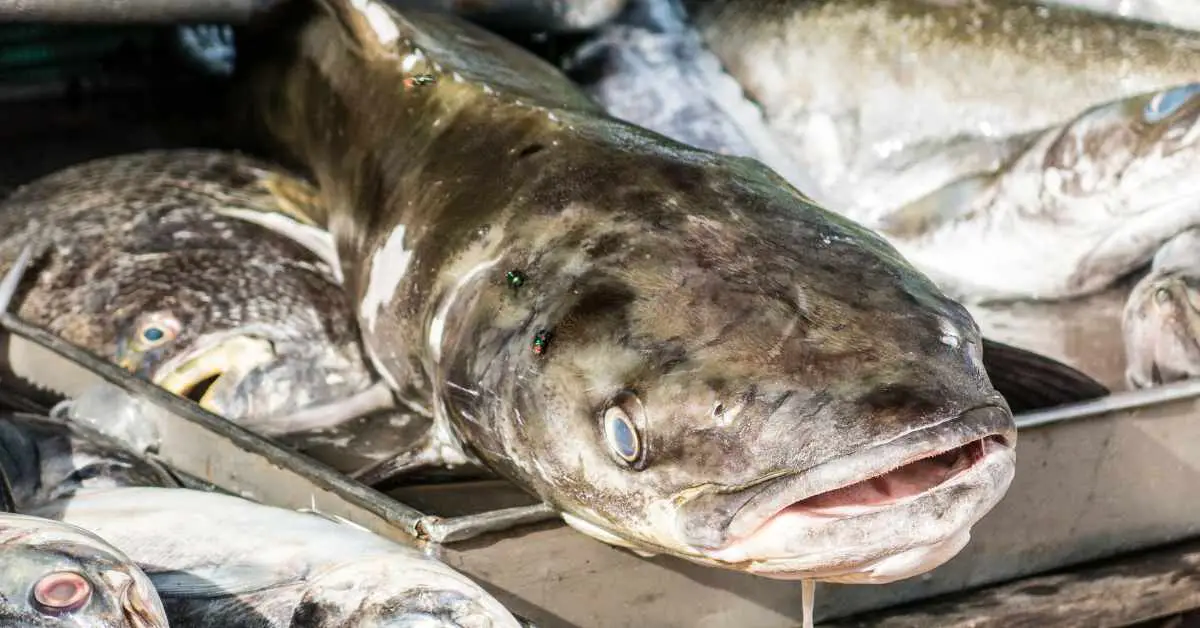
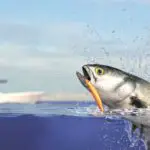

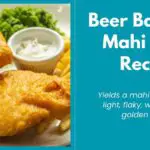
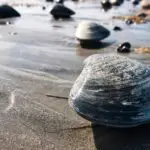

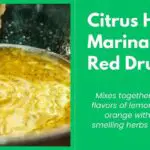
1 thought on “Is Cobia Good To Eat?”